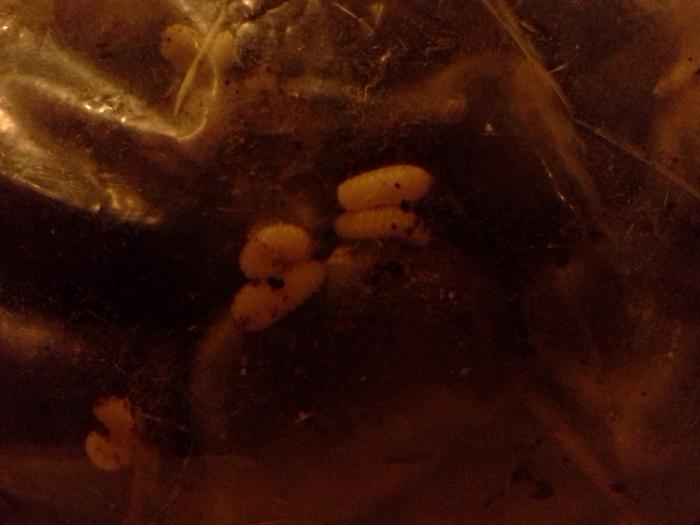


100th Issue of Permaculture Magazine
will be released to subscribers in:
soon!



 5
5




Pecan Media: food forestry and forest garden ebooks
Now available: The Native Persimmon (centennial edition)
 1
1




 2
2




Pecan Media: food forestry and forest garden ebooks
Now available: The Native Persimmon (centennial edition)
 1
1




Outdoor and Ecological articles (sporadic Mondays) at http://blog.dxlogan.com/ and my main site is found at http://www.dxlogan.com/




“Enough is as good as a feast"
-Mary Poppins





Pecan Media: food forestry and forest garden ebooks
Now available: The Native Persimmon (centennial edition)












“Enough is as good as a feast"
-Mary Poppins
 1
1




Pecan Media: food forestry and forest garden ebooks
Now available: The Native Persimmon (centennial edition)
 3
3




Pecan Media: food forestry and forest garden ebooks
Now available: The Native Persimmon (centennial edition)









Pecan Media: food forestry and forest garden ebooks
Now available: The Native Persimmon (centennial edition)





 1
1




Pecan Media: food forestry and forest garden ebooks
Now available: The Native Persimmon (centennial edition)












Pecan Media: food forestry and forest garden ebooks
Now available: The Native Persimmon (centennial edition)




My project thread
Agriculture collects solar energy two-dimensionally; but silviculture collects it three dimensionally.
 1
1




Matu Collins wrote:
The number of weevils must depend. Once a population is established in an area with enough trees to support it, like I have, the weevils sure can take hold. This past year it was around 50%, which is the worst I've seen.
My project thread
Agriculture collects solar energy two-dimensionally; but silviculture collects it three dimensionally.




www.alwaysgrowingdesign.weebly.com
"It is, of course, one of the miracles of science that the germs that used to be in our food have been replaced by poisons." - Wendell Berry

|
Why fit in when you were born to stand out? - Seuss. Tiny ad:
The new purple deck of permaculture playing cards
https://www.kickstarter.com/projects/paulwheaton/garden-cards
|






